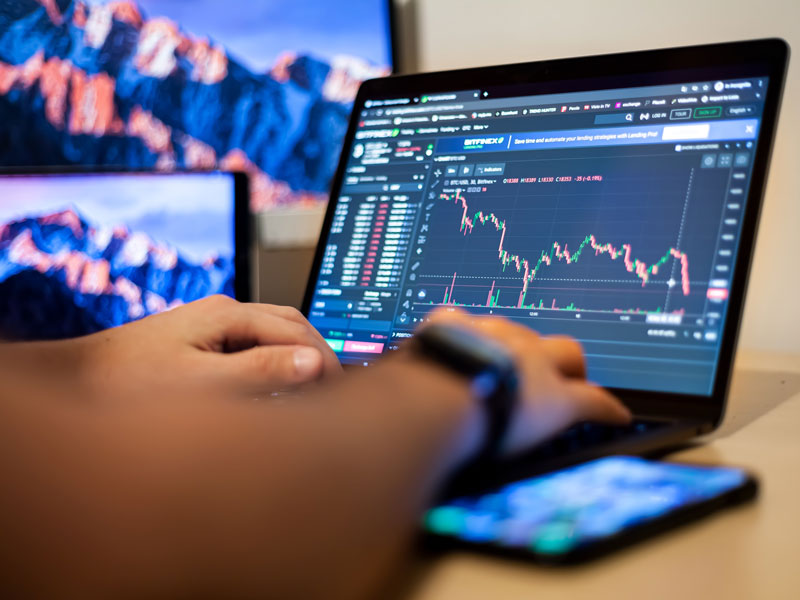
Understanding Forex Trading: The Importance of Pips
The world of Forex trading can be both exciting and complex, especially when it comes to the terminology used within the industry. One of the most fundamental concepts that every trader should grasp is the concept of ‘pips.’ A pip, which stands for ‘percentage in point,’ is the smallest price movement that can occur in the exchange rate of a currency pair. To put it simply, understanding pips is essential for anyone looking to navigate the forex market effectively. In this article, we will explore what pips are, how they work, and why they are vital in Forex trading. For the best tools and resources in this arena, check out the forex trading pip Best Crypto Apps available.
What is a Pip?
A pip is traditionally the fourth decimal place in a currency pair’s price. For example, if the EUR/USD currency pair moves from 1.1000 to 1.1001, that 0.0001 USD increase represents one pip. However, in some currency pairs, particularly those involving the Japanese yen, a pip is represented by the second decimal place. For instance, if the USD/JPY moves from 110.00 to 110.01, that is also one pip.
The Importance of Pips in Forex Trading
Pips play a crucial role in measuring price movements and determining profits and losses in Forex trading. Here are some key reasons why understanding pips is vital for forex traders:
1. Profit and Loss Calculation
One of the primary reasons pips are important is that they help traders calculate profit and loss. In order to determine how much a trade has gained or lost, traders need to understand how many pips the price has moved in their favor or against them. For example, if you buy the EUR/USD at 1.1000 and sell it at 1.1020, you’ve gained 20 pips. The monetary value of these pips will depend on the lot size you are trading.
2. Risk Management
Pips are also integral to risk management strategies. Traders often set stop-loss and take-profit levels in terms of pips to manage their risk exposure. For instance, if you decide to place a stop-loss 50 pips below your entry point, you clearly define the maximum loss you are willing to accept, helping you minimize potential losses.

3. Leverage and Margin Calculations
When using leverage in Forex trading, the calculation of pips can help determine the required margin for a trade. Understanding pips and their value relative to your account balance ensures that you trade responsibly and avoid over-leveraging, which can lead to significant losses.
How to Calculate the Value of a Pip
The value of a pip is not fixed; it varies based on the currency pair being traded and the size of the trade (lot size). For standard lots of 100,000 units, the value of one pip is always $10 for currency pairs where the USD is the second currency (quote currency) and varies for other pairs.
- Standard Lot (100,000 units): 1 pip = $10
- Mini Lot (10,000 units): 1 pip = $1
- Micro Lot (1,000 units): 1 pip = $0.10
To calculate the pip value, a trader can use the following formula:
Pip Value = (One Pip / Exchange Rate) × Lot Size
Conclusion
Understanding pips is critical for anyone looking to succeed in Forex trading. From calculating profits and losses to implementing effective risk management strategies, pips are at the core of many trading decisions. As you continue on your Forex trading journey, ensure that you have a solid grasp of pips and how they impact your trading strategies. With this knowledge, you can make informed decisions and work toward achieving your trading goals.
Further Resources
To delve deeper into Forex trading and related concepts, consider reading more articles, attending trading seminars, or utilizing educational platforms that specialize in Forex trading and financial literacy.